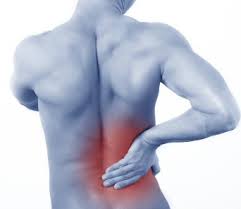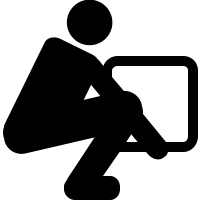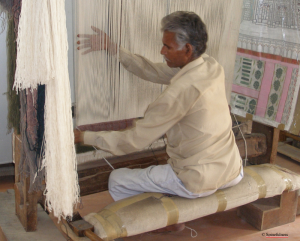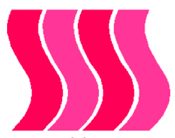 Back pain is a condition that affects so many people. It can disrupt your whole life — daytime and night time.
Back pain is a condition that affects so many people. It can disrupt your whole life — daytime and night time.

Back pain has many origins. One of the most common is failure to adequately use the hip joints. When you bend, for any reason, big or small, you should bend in the three joints of the lower body: the ankles, the knees and the hip joints. The three joints are so related that their coordinated action is called “triple flexion.” (Flexion means the joints close inward.) But, often, when bending, instead of triple flexion, the person bends in the back.
Here a brief diversion to say something about the joints. When people talk about movement and strength in movement, the focus is usually on the muscles. You can see them, you can feel them and you can perceive how they increase or diminish. But equally important, and sometimes more important, is the need to focus on the joints. The muscles give the power to move, but the joints give the possibility. As an example, a door moves on its hinge exactly as the hinge is oriented and in no other way. You can say that hinge is the sponsor of the door’s movement. A push may give the power of the movement, but the hinge gives the possibility. Or, you could say, the hinge gives the mechanism of the movement.
So, when one bends nicely, the three joints of the lower body hinge in a harmonious way. If, by contrast, triple flexion is not used, then the bending, or hinging, requirement is to transferred to the back, specifically to the intervertebral disks. These disks act primarily as cushions. Secondarily, they do also allow movements in all three planes of rotation, but in a limited way. When pushed beyond their narrow tolerances, they displace. This displacement is the origin of many types of pain and injury.
When trying to heal back pain, a first place to look is to re-harmonize triple flexion in all bending movements.
Here is an article from NPR that makes a similar point in relation to sitting:
To Fix that Pain in your Back, You Might Have To Change The Way You Sit


